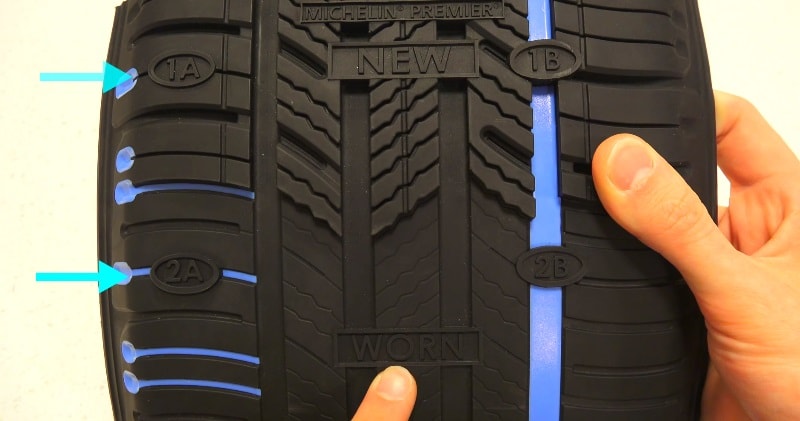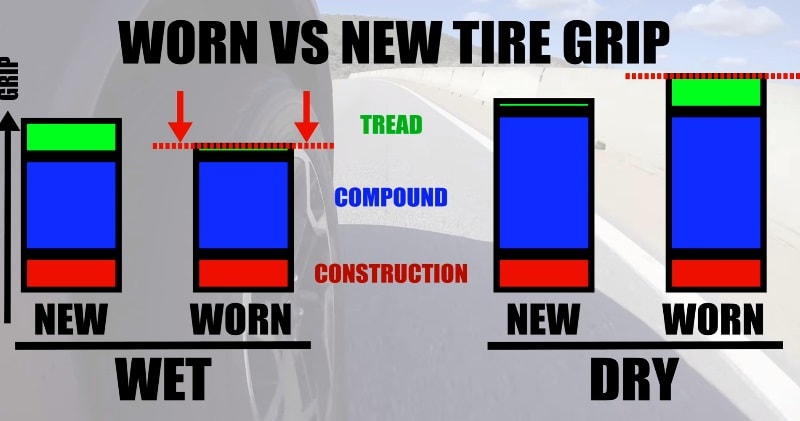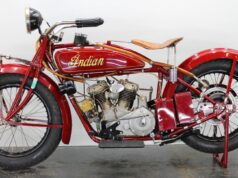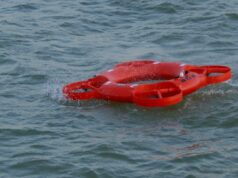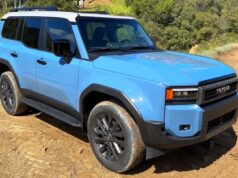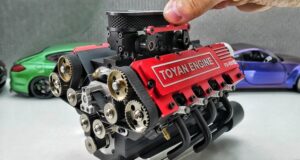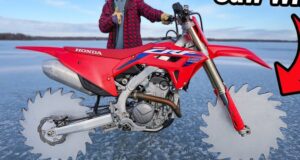Do tires get better or worse with wear? What’s the difference between a new tire and a worn tire? As a tire wears, you may be surprised to learn that its dry performance actually improves. Braking distances tend to get shorter, and cornering grip tends to increase.
source/image: Engineering Explained
The opposite, however, happens in the wet. As the tire nears the wear bars, braking distances increase and cornering grip decreases? Well, why is this? And what can you do to prevent wear from ruining a tire’s performance?
source/image: Engineering Explained
First off, we need to break down how a tire gets its grip, which can be grouped into three categories: construction, compound, and tread pattern. A tire’s overall grip is a combination of all three. The construction of the tire provides the overall shape of the contact patch, and how it interacts over bumps and imperfections.
Advertisement
The compound obviously plays the most critical role; how well the compound sticks to the road determines how well the tire performs. And what’s cool about compound is that it doesn’t change as the tire wears, so you want compound grip to be as high as possible for both wet and dry grip.read more: Engineering Explained
And finally, we get to the tread. Tread patterns are great for wet grip, they improve traction in the wet by evacuating water away from the road contact to help prevent the tire from hydroplaning. So it’s logical then, that as the tread wears away, wet performance wears away with it.read more: Engineering Explained

